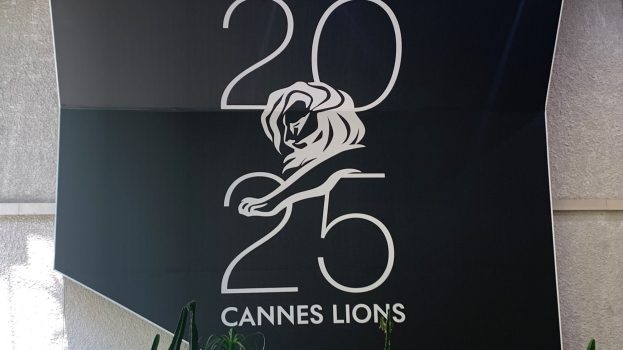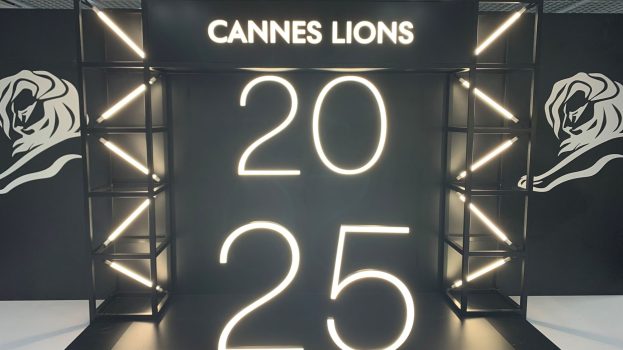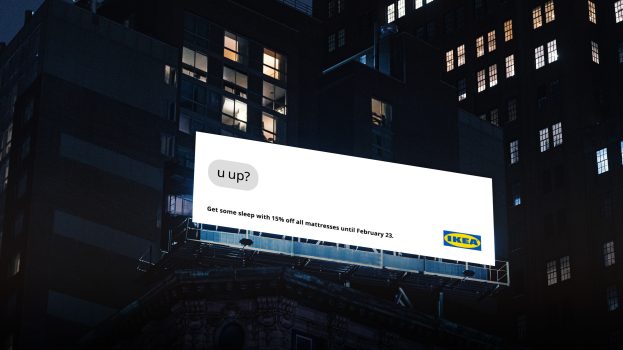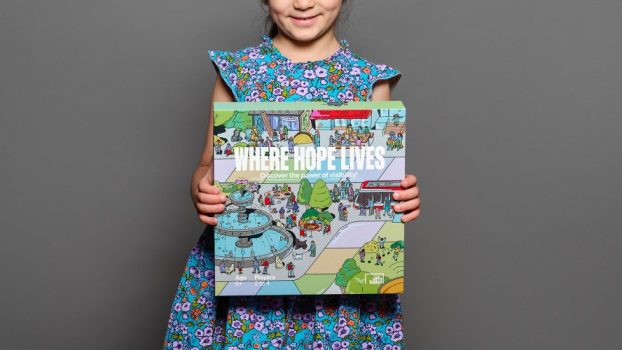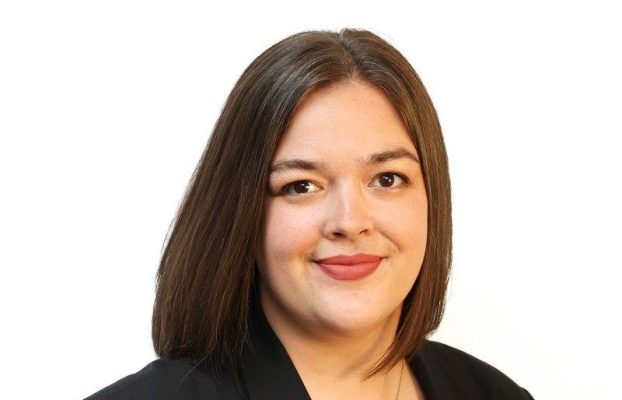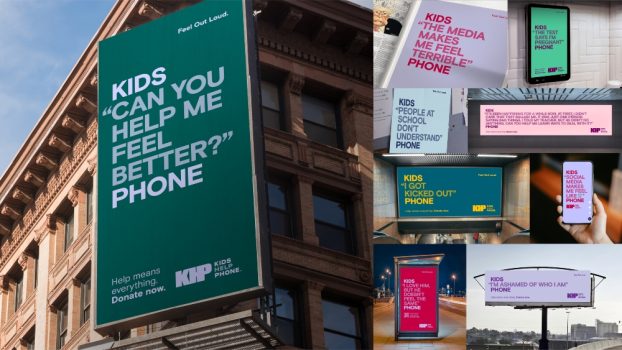Retailer of Distinction: Black Photo
Reason: Product Innovation
Tired of playing catch-up with government regulations restricting the discharge of hazardous waste into the municipal sewer system, Black Photo decided to solve the problem once and for all.
After three years of research, last year the photofinishing and photography retailer found a way to reduce to zero the discharge of spent photofinishing chemicals.
‘The photofinishing process has not changed at all,’ says Eddie Black, president of the 205-store chain. ‘What has changed is the recycling and reusing of those chemicals.’
Dubbed System Crystal, the company developed a method to reclaim and recycle about 90% of the chemicals used to develop film. The remaining 10% is incinerated.
Central to the process is a closed-loop system at the company’s Markham plant in which the wash water required for the photofinishing process is constantly purified and reused.
Less water
The company has reduced by 97% the 60 million litres of water a year required to run the facility. As well, the company saves about $50,000 a year on its energy bill because it no longer has to heat to 100 degrees huge amounts of fresh water.
Black says almost all of the company’s in-store mini-labs participate in the program, by returning their chemicals to the plant each time a new batch is delivered.
Customer response has been positive.
Support
‘In all the research we’ve done, there’s overwhelming support for Black’s,’ Black says. ‘Our customers feel good when they use us because they know we are doing something to protect our environment.’
Q. In what order of importance do you place the following categories: merchandising, trade and supplier relations, product innovation, customer service, advertising, database marketing and staff relations?
A. Customer service, trade relations, staff relations, advertising, merchandising, product innovation and database marketing.
Fundamentally, without good customer service, your customer base will erode and that’s the end of your business.
Q. From where do you get your inspiration?
A. I travel the world. I’m always at photo industry conventions around the world. I also just get on planes and travel to see retail stores in business, whether it’s Sweden or anyplace else.
Our inspiration comes from a collection of global ideas, but mostly it comes from standing inside our own stores, watching customers get served and talking to customers.
I introduce myself and ask them about the service. When you do that 10-15 times a week, times two or three executives, you can get a pretty good measure. I like to meet five people a day. It only takes a few seconds.
My father did it, my grandfather did it. It certainly beats guessing around the boardroom table.
Q. In your opinion, what have been the most startling changes in retail over the past couple of years?
A. Value is the word, as opposed to price, and I really believe the consumer has grown up and is becoming smarter and can be the judge of good value. They are more able to put the equation of price and quality together. I don’t know if it was driven by the retailer or the consumer.
Q. What trends can you see on the horizon that will most affect your business?
A. The shift in consumer shopping habits, from the big regional shopping mall to the more convenient ‘parasite’ strip malls.
We’re shifting our locations away from regional shopping malls. I’ve got to get my company more convenient to the public.
We’re becoming more like America, where the big shopping malls are really fashion malls. They just don’t have service-type stores in the big malls in the u.s. There are no shoe repair stores or dry cleaning stores, no video rental stores. That’s why we didn’t do nearly as well in the u.s. as we did in Canada.
Shopping patterns
In Canada, the habit might be to frequent the big regional shopping malls two times a week. In the States, it’s two times a month, at least, that’s my perception.
Q. What qualities does one need to stay ahead of the pack?
A. Innovation, innovation, innovation are the three most important things. Bring to the consumer something better, cheaper next time you do it. Incremental improvement, evolution rather than revolution. Just keep adding, notching up a little bit more each time you do it. On top of all that, it has to be executed flawlessly.
Q. How do you stay on top of your concept?
A. It’s not a yearly evaluation, that’s for sure. It’s an evaluation done each time we launch a new campaign, and we have five campaigns a year. Each campaign brings its own character to the front of the store. Each campaign is looked at to see how it fits into our overall strategy of high quality, customer service, premium brand and product innovation.
There’s a lot of research that we do with the general public, but Black’s has a very, very loyal following. In fact, 85% of the business we do is with customers that are loyal to us.
I have a customer base and I can tell you exactly what stores they shop at, what they spent at each store, how much photofinishing they do in a year, whether their relatives buy at Black’s. It’s a bit of a frequent flyer plan, we just haven’t massaged it yet.
Q. How has the recession affected your business?
A. There are two sides to our business. The luxury side or camera business has been affected rather significantly. A camera is a bit of a luxury, and if you already have one, you might be reluctant to replace it.
On the other side of the coin, photofinishing has not been seriously affected by the recession. You might be willing to give up a lot of things during the recession, but memories of kids’ birthday parties and memories of Christmas are what fundamentally drive the business.
But the recession is going to be tougher and it’s not fully here yet. That light at the end of the tunnel – I’m convinced it’s a freight train coming and it’s going to be disastrous.
It means take care of every customer and give them absolutely no reason whatsoever to think of anybody else.

